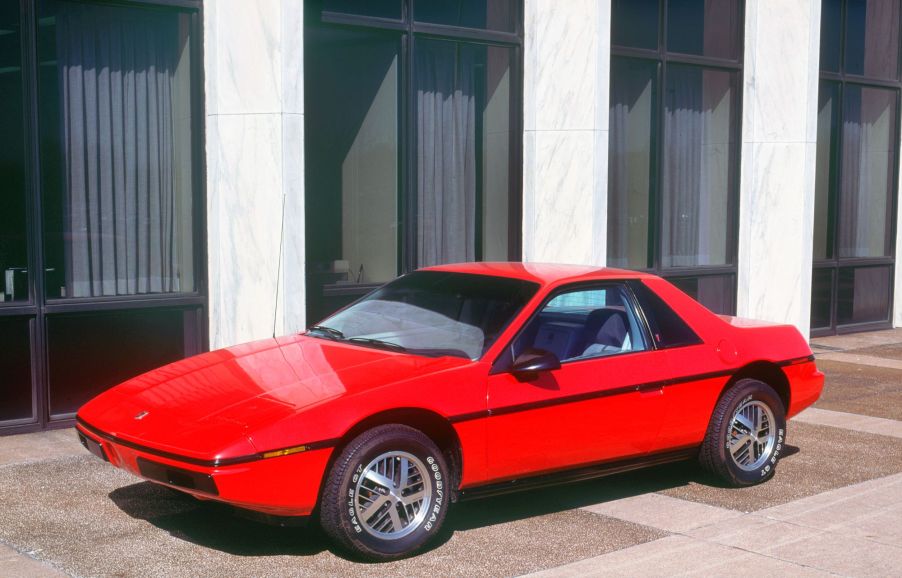
Why the Pontiac Is No More May Surprise You
Auto manufacturers continue working tirelessly to design, produce, market, and sell new and improved car models. All that is in a bid to satisfy the demand in the market in line with the tastes and preferences of different customers. However, for some car brands associated with some of the largest, most successful vehicle manufacturers, the road comes to an end. The Pontiac is one such brand that is no more.
Also, note that some car brands exit the market in a blaze of glory while others are skulled off into history in ignominious defeat. Mostly, the latter aspect takes center stage, and that is why details surrounding Pontiac’s exit should not come as a surprise to anyone. Of course, it is quite disheartening for enthusiasts and fans when a car brand they love is no more, but it is something they cannot control.
What was the Pontiac?

The name Pontiac refers to an American vehicle brand owned, produced, and sold by General Motors. When it was introduced, Pontiac was a companion for GM’s expensive Oakland cars and overtook Oakland in popularity. Pontiac had entirely supplanted its parent brand by 1933.
As a car that sold in Mexico, the United States, and Canada in GM’s five divisions hierarchy, the Pontiac was slotted below Cadillac, Oldsmobile, Buick, and above Chevrolet. The 1927 Pontiac Series 6-27 had the shortest stroke of any American car in the industry and sold tens of thousands of units within a year.
However, the 1929 Wall Street Crash caused a significant decline in Oakland and Pontiac sales. Since Oakland was more expensive, GM’s leadership vouched for the Pontiac to remain. As the economy started recovering, Pontiac shifted to producing the least expensive cars with straight-eight engines.
That involved use of many components from the six-cylinder Chevrolet Master like the body, but the top and center of the front hood Pontiac known as the “Silver Streak,” had a large chrome strip. Only eight-cylinder engines of the Pontiac were available in 1933 and 1934.
Fast-forward, the 2002 Solstice concept was approved for production as a roadster. On the other hand, the rare 2009 hard-top coupe made it off the assembly line in Wilmington, DE, before shutting down due to Pontiac’s demise. On April 27, 2009, GM announced its plan to drop Pontiac and the phasing out of the remaining models by 2010. Franchise and production agreements ended in 2010, but Pontiac remains an active and registered GM trademark.
Why the Pontiac was discontinued
Just at the commencement of new products like the Solstice roadster and the G8 performance sedan, Pontiac took a bow after more than 80 years of its existence. There are two main reasons behind GM’s decision to dispense with this brand. One is that Pontiac had become unprofitable during the last few years of its existence.
That put Pontiac in a fatal position since GM was experiencing severe financial issues just before its bankruptcy in 2009. The second was that Pontiac was selling rebadged Chevrolet auto at a lower price than Chevrolet. That meant that Pontiac was not only making losses for itself but that it was also undercutting the Chevrolet brand altogether.
Although several GM employees exhibited a last-ditch effort to save the Pontiac, their efforts were in vain, according to MotorTrend.
The interesting bit
Pontiac sold multiple units, and the brand had a history of profitability in the early days, Investopedia reported. However, the interesting bit is that such a successful brand had come to the point of rebadging Chevrolet vehicles only to make losses after selling the autos at a lower price. Also, the idea behind undercutting the Chevrolet brand is not yet clear.
Today, the discontinuation of the Pontiac remains one of the most hotly-contested topics among the brand’s loyalists, especially on GM authority.


